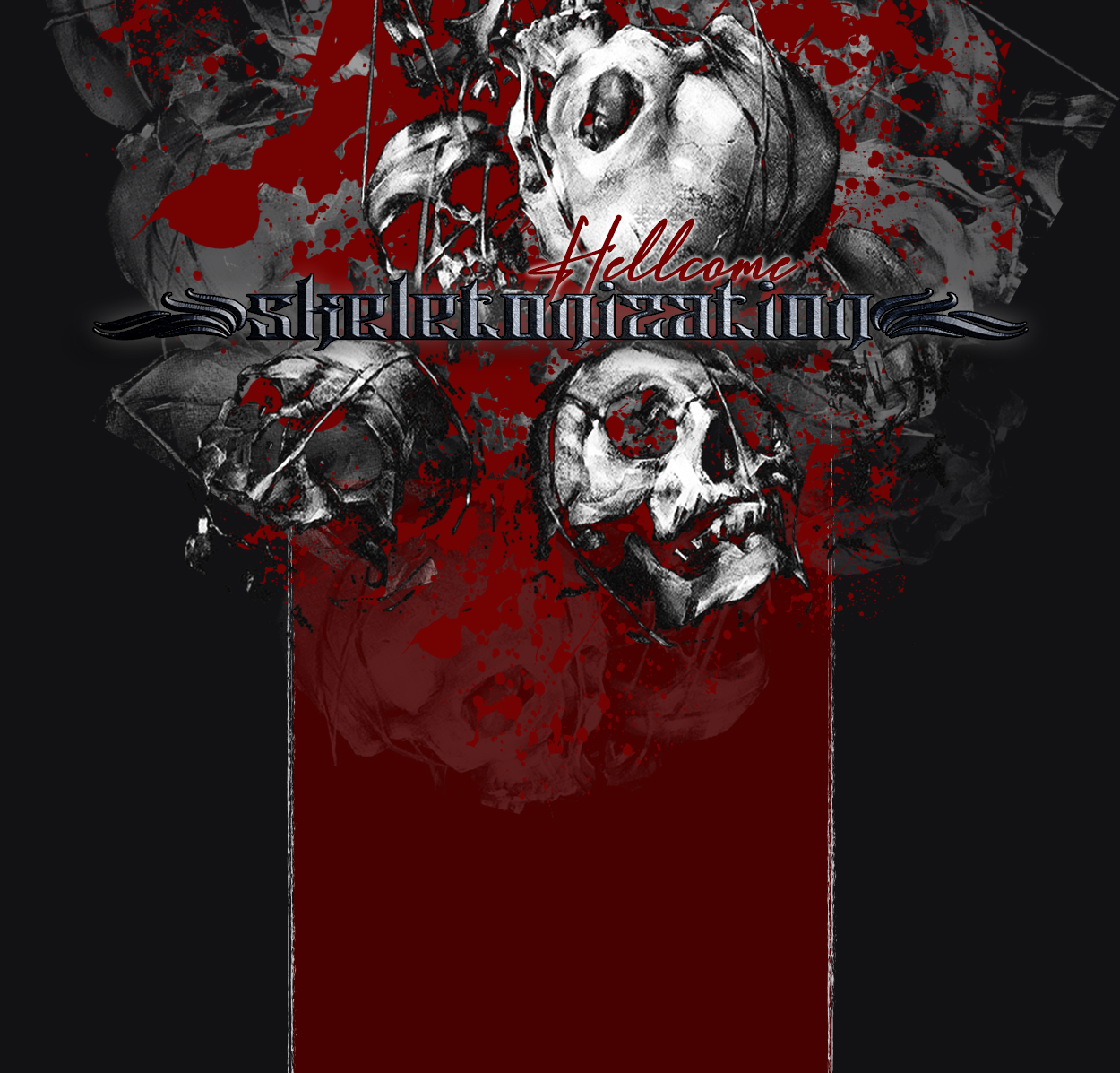OUT STREAM NOW !!!
Skeletonization - The Spiritual Lobotomy ' 1st Full Album
Tracklist
01. Death has Prevailed 04:12
02. Thirst for Blood 03:41
03. Promise of Afterlife 03:21
04. Solemn the Dread 04:05
05. Tenebrarum Suspiria 06:22
06. State of Despair 04:46
07. Wretched Soul 04:09
08. Sacrifice 03:13
Total runningtime 00:33:52
Skeletonization formed 2021 at Blitar city, Indonesia by Skelethal to play death metal with old shool element, distortion is grimy and reeks of the exhaust perpetually lingering in the air of the garage with keep sound is appropriately filthy and violent even if most of the rhythm elements seem a bit muffled, so fucking dirty, and yet the tones, albeit distorted, are still pretty clear and audible, a feat which few can say they can achieve. influenced by OSDM in the vein Nihilist, Carnage, Entombed and Dismember, Although you can hear this like a backbone through the classic releases of it's household names, for the death metal enthusiast, it’s really worth going back to the very early works of these artists to really get a sense of how this music developed. To learn where it came from, and why the artists that eventually emerged onto the international stage were considered a breed apart from their thrash and hardcore punk forebears, being essentially an early incarnation of this giant of death metal.
It's worth noting that skeletonization is a simplification process, and the resulting skeleton may not always accurately represent all the details of the original object or shape. The extent of simplification depends on the specific algorithm and parameters used during the skeletonization process. The process of skeletonization involves iteratively thinning down the foreground pixels of an object or shape until only a one-pixel-wide skeleton remains. The resulting skeleton preserves the general structure and connectivity of the original shape while eliminating unnecessary details.
Skeletonization algorithms typically start with a binary image, where the object of interest is represented by foreground pixels and the background is represented by background pixels. The goal is to iteratively thin down the foreground regions until they become one-pixel-wide lines or curves, forming the skeleton. The skeleton preserves the shape and connectivity of the original object, making it useful for various applications such as shape analysis, pattern recognition, and object tracking.
Different algorithms can be used for skeletonization, including thinning algorithms and distance transform-based methods. Thinning algorithms iteratively remove pixels from the object boundaries while preserving the connectivity, until the skeleton remains. Examples of thinning algorithms include Zhang-Suen, Guo-Hall, and Rosenfeld's algorithm. Distance transform-based methods use the distance information from the object boundaries to determine the skeleton.
Skeletonization has applications in various fields such as medical imaging, character recognition, robotics, and computer-aided design. In medical imaging, skeletonization can be used for extracting the centerlines of blood vessels or the shape of the bone structures. In character recognition, the skeleton can be used as a feature for character classification and comparison. In robotics, the skeleton can assist in object recognition and manipulation. In computer-aided design, skeletonization can simplify complex shapes for further analysis or optimization.
Skull Regard
Skelethal
Skeletonization Band Information
skeletonizationdm.blogspot.com

